In this article we will discuss “What to Feed a Baby Bird”. This page is designed for bird lovers, wildlife enthusiasts, and anyone who may come across a baby bird in need of care. Ensuring that baby birds receive proper nutrition is crucial for their growth, development, and overall well-being.
Please note that this article is intended to provide general guidance and information. Each bird species has unique dietary requirements, so it’s essential to consult with a professional or a wildlife rehabilitation center for specific advice on feeding and caring for the baby bird in question. We hope you find this video informative and helpful. Let’s dive into the world of baby bird nutrition!
What to Feed a Baby Bird
Identifying the Type of Bird
Before we delve into feeding baby birds, it’s crucial to identify the bird species you’re dealing with. The dietary requirements of baby birds vary significantly depending on their species, and providing the wrong type of food can lead to health issues or even be fatal.
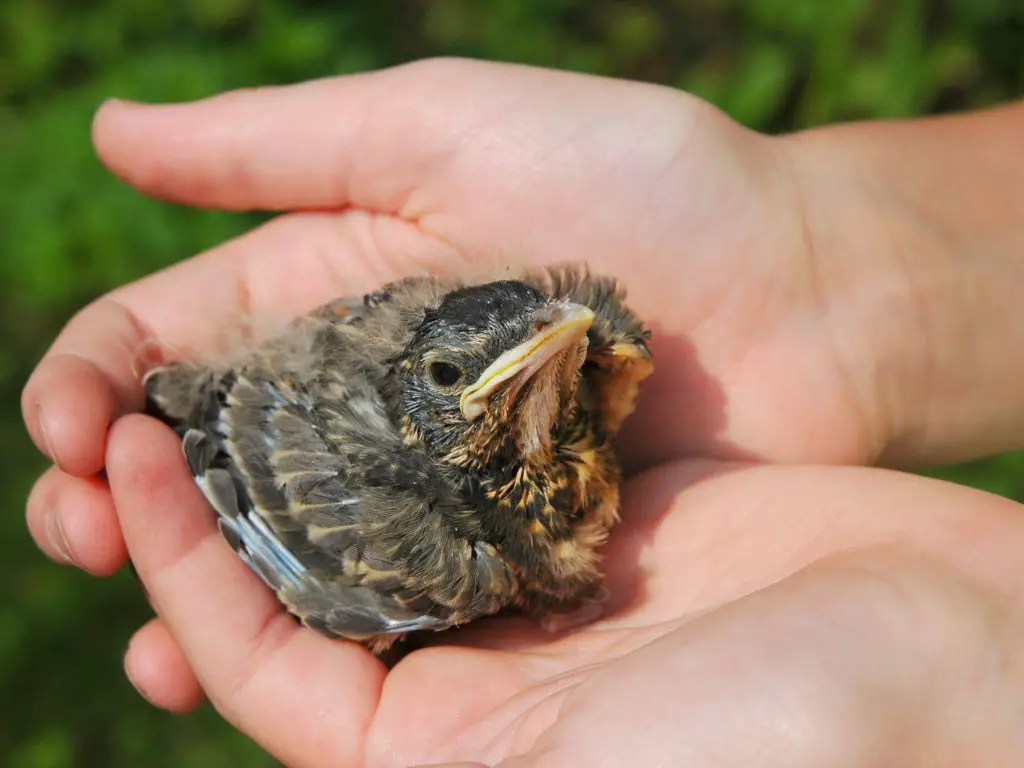
To determine the species of the baby bird, pay attention to visual cues such as its size, color, feather patterns, and beak shape. Listening to the bird’s sounds, if it’s making any, can also be helpful. Another essential factor to consider is the location where you found the baby bird, as certain species inhabit specific regions and habitats.
There are numerous resources available to help you identify the bird species. Online guides and bird identification apps are easily accessible and can provide detailed information on different bird species based on their appearance, sounds, and habitats. Additionally, you can reach out to local wildlife experts, birdwatching clubs, or wildlife rehabilitation centers for assistance in identifying the baby bird.
Remember that correctly identifying the bird species is the first step toward providing the appropriate care and nutrition it needs to grow and thrive.
Natural Diets of Baby Birds
Understanding the natural diet of a baby bird is essential for providing proper nutrition. Birds can generally be classified into three categories based on their dietary preferences: insectivores, herbivores, and omnivores.
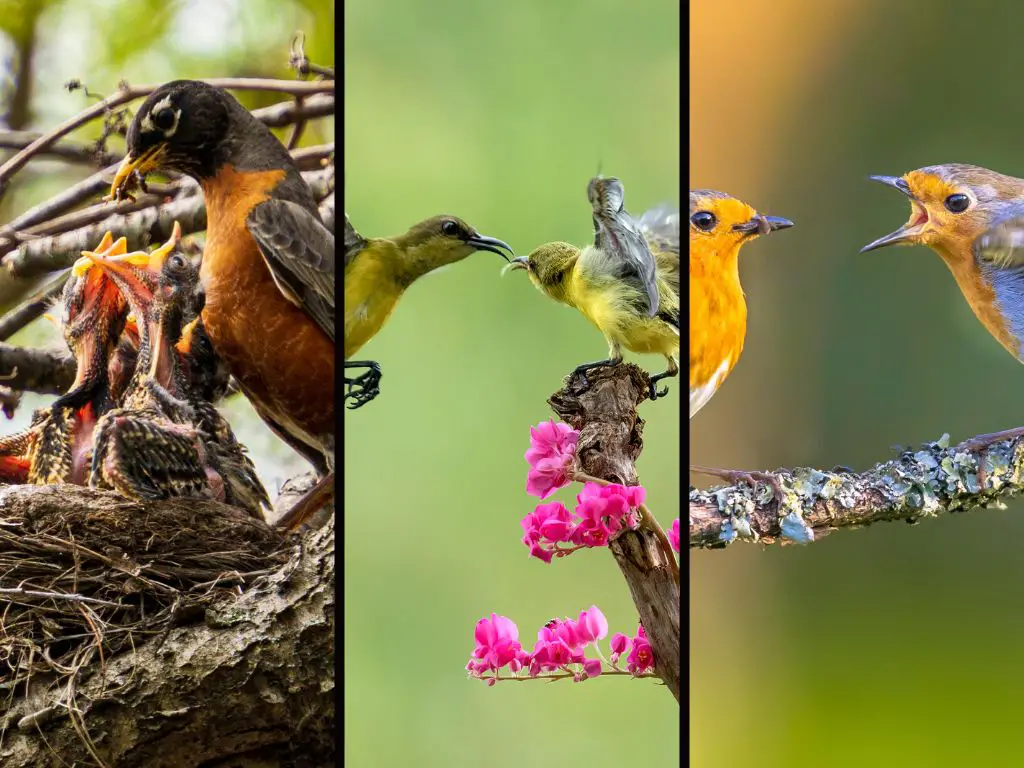
Insectivores
Insectivores primarily feed on insects and other small invertebrates. Examples of insectivorous birds include swallows, flycatchers, and many types of warblers.
Herbivores
Herbivores mostly consume plant materials such as seeds, fruits, leaves, and nectar. Parrots, finches, and hummingbirds are some common herbivorous birds.
Omnivores
Omnivores have a varied diet that includes both plant and animal matter. Species like robins, sparrows, and pigeons fall under this category.
Let’s discuss the natural diet for some common baby bird species:
Sparrows:
As omnivores, baby sparrows consume a mixture of insects, seeds, and plant materials. During their early stages, insects form a significant part of their diet due to their high protein content, which is crucial for growth.
Robins:
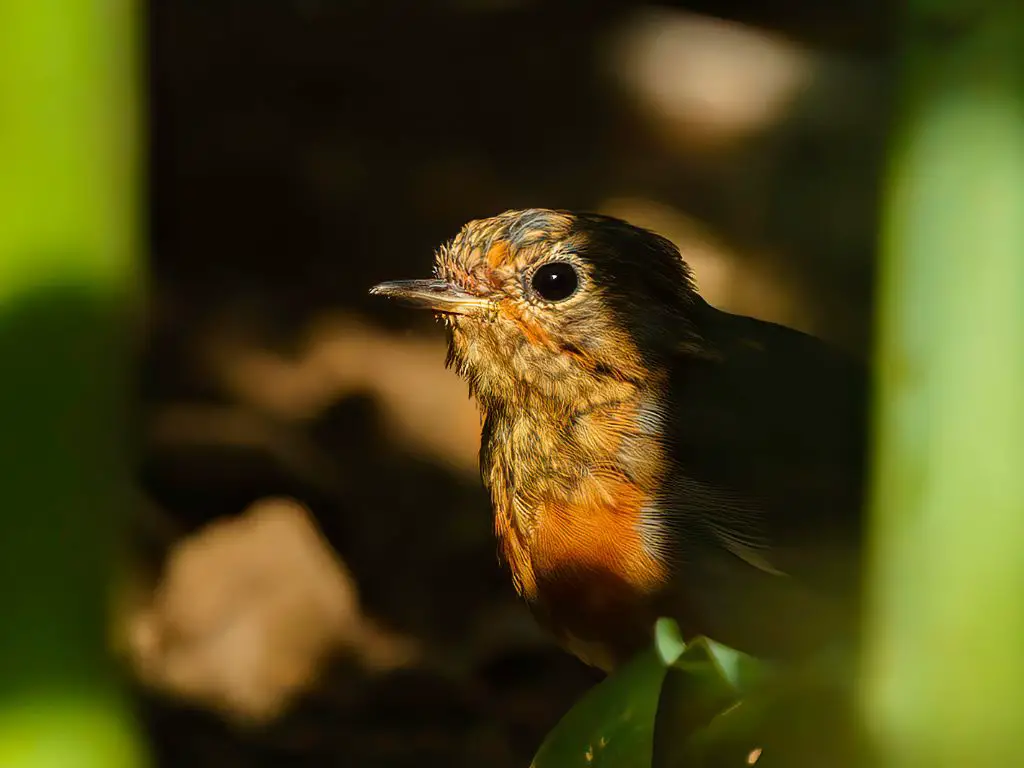
Baby robins are also omnivores, primarily feeding on insects such as earthworms, caterpillars, and beetles. They may also eat some fruits and seeds as they grow older.
Pigeons:
Pigeon hatchlings, called squabs, are initially fed “pigeon milk” – a secretion produced by the parent birds. As they grow, their diet transitions to include seeds, grains, and occasionally insects.
When caring for a baby bird, it’s vital to replicate its natural diet as closely as possible. Providing the appropriate diet not only ensures the bird receives the necessary nutrients for growth and development but also helps avoid potential health problems associated with an imbalanced or inappropriate diet.
Preparing the Food
When preparing food for baby birds, it’s important to consider the size and consistency of the food, as well as maintaining proper hygiene throughout the process.

Food preparation:
Depending on the bird species and its age, you’ll need to chop or grind the food into small, manageable pieces. For insectivorous birds, you can use finely chopped insects or commercial insectivore food. For herbivorous and omnivorous birds, you might need to mix seeds, grains, or fruits with some water or a commercial bird formula to create a soft, easily digestible consistency. It’s important to mimic the texture of the bird’s natural diet as closely as possible.
Hygiene:
Cleanliness is crucial when preparing and handling food for baby birds. Be sure to wash your hands thoroughly before handling any food items, and clean all surfaces, utensils, and feeding tools with warm, soapy water. Additionally, store any leftover food in the refrigerator and discard it after 24 hours to prevent bacterial growth.
Feeding tools:
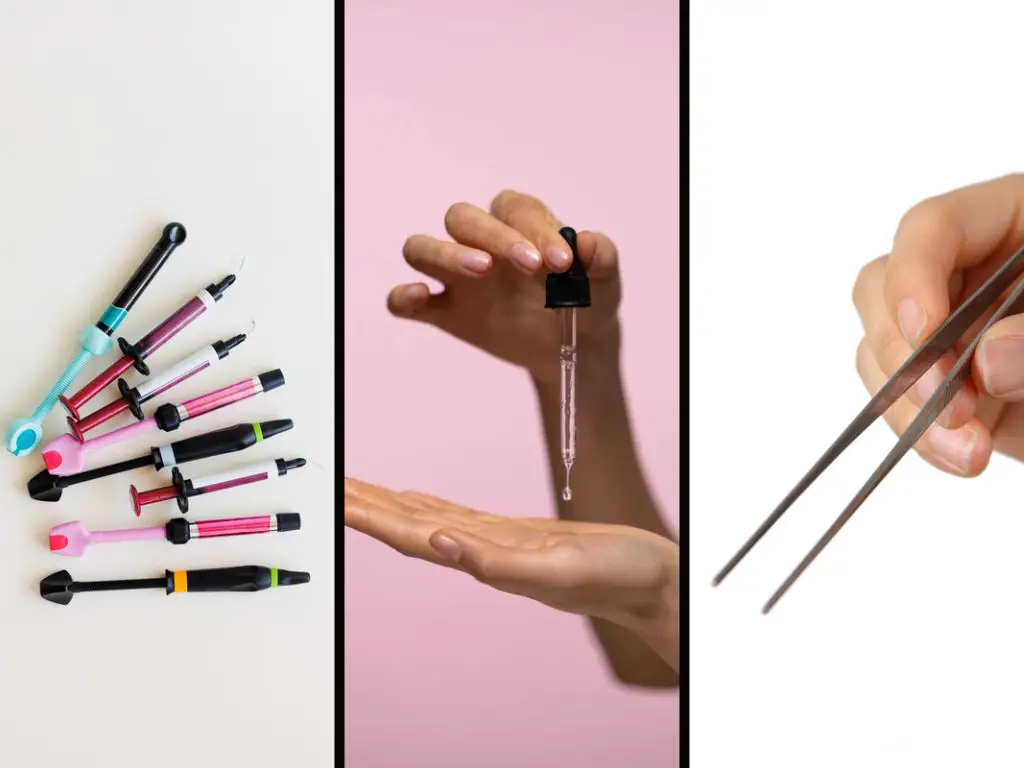
Using appropriate feeding tools is essential for the safety and comfort of the baby bird. Depending on the bird’s size and age, you can use syringes, eyedroppers, tweezers, or soft-tipped spoons to feed them. Always choose tools that are suitable for the bird’s size and be gentle when feeding to avoid causing injury.
By properly preparing food and maintaining a high level of hygiene, you can help ensure the baby bird receives the nutrition it needs while minimizing the risk of illness or injury.
Feeding Techniques and Frequency
Feeding a baby bird requires patience and attention to detail. It’s crucial to follow proper techniques and maintain an appropriate feeding schedule based on the bird’s age and size.

Step-by-step guide on feeding a baby bird:
- Prepare the food according to the bird’s species and age, as discussed in Topic 3.
- Warm the food to room temperature, but never too hot, as it can burn the bird’s crop (a pouch-like structure in the throat where food is stored).
- Choose the appropriate feeding tool (syringe, eyedropper, tweezers, or soft-tipped spoon) based on the bird’s size and age.
- Gently hold the baby bird in one hand, supporting its head and body, while using the other hand to feed it.
- Carefully open the bird’s beak by applying gentle pressure on the sides of its head, just behind the beak.
- Slowly deliver the food into the bird’s mouth or directly into its crop, allowing it to swallow between bites.
- Monitor the bird for signs of distress, and stop feeding if it appears uncomfortable or is struggling to breathe.
- Clean the bird’s beak and face with a soft, damp cloth after feeding to prevent bacterial growth.
Signs of hunger:
Baby birds often display certain behaviors when they’re hungry. They may open their beaks wide, make begging sounds, or bob their heads up and down. Keep an eye on these signs to determine when the bird needs to be fed.
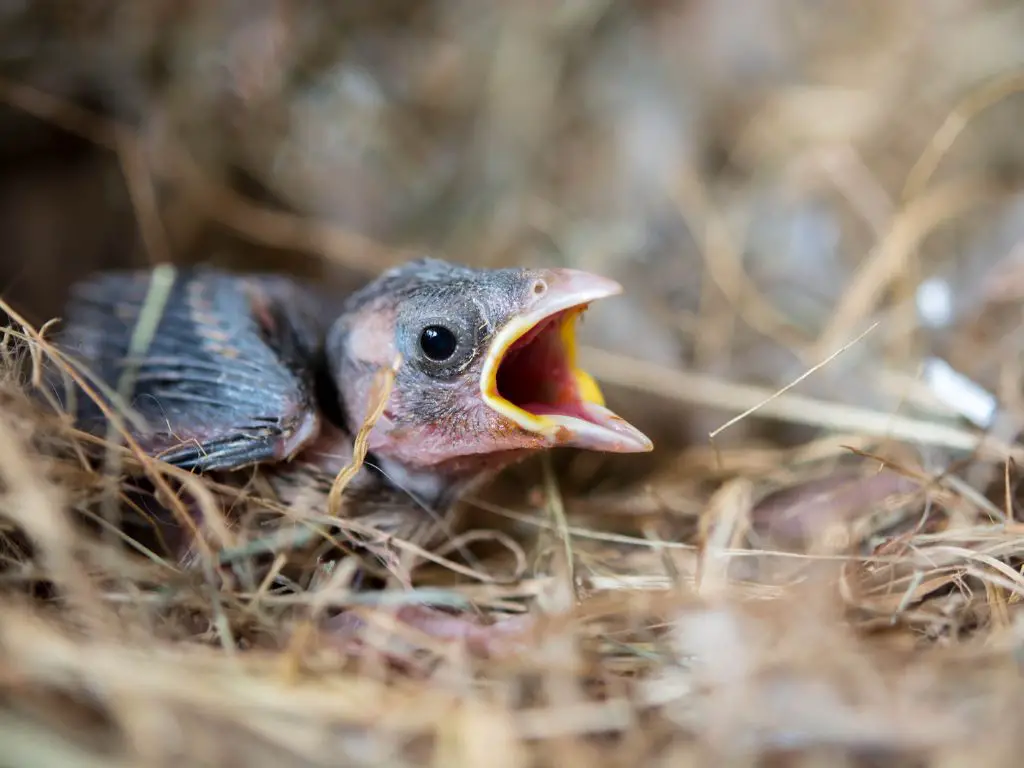
Feeding frequency:
Feeding frequency varies depending on the bird’s age and species. Generally, younger birds require more frequent feedings, sometimes every 15 to 30 minutes during daylight hours. As the bird grows and becomes more independent, the time between feedings can be gradually increased. Always research the specific feeding requirements for the bird species you’re caring for, and consult with a professional if unsure.
Remember that adjusting the feeding frequency as the bird grows is essential for its health and well-being. Properly caring for a baby bird requires dedication, but your efforts can significantly improve its chances of survival and eventual release back into the wild.
Foods to Avoid
While providing the right nutrition is essential for baby birds, it’s equally important to know which foods to avoid. Feeding inappropriate foods can lead to health issues and impede the bird’s growth and development. Some common foods that should not be given to baby birds include:
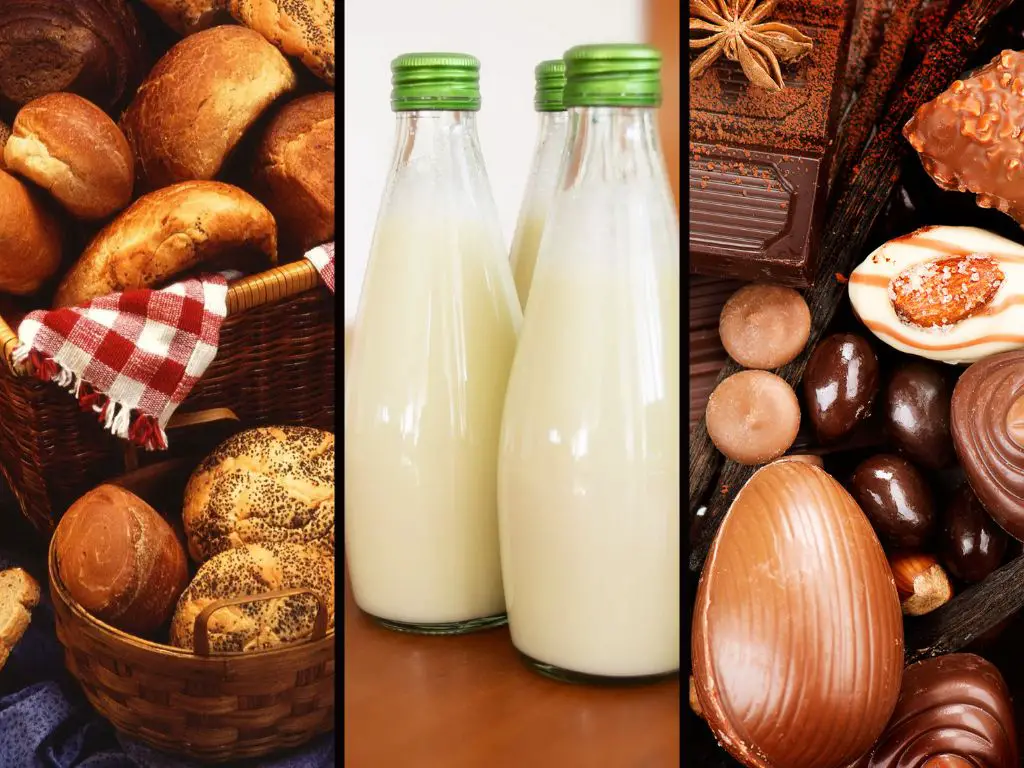
Bread:
Bread offers little nutritional value and can fill up the bird’s stomach, making it less likely to consume the necessary nutrients from its proper diet.
Milk:
Birds are unable to digest lactose found in milk and dairy products, which can lead to digestive issues and discomfort.
Chocolate:
Chocolate contains theobromine, a compound that is toxic to birds and can cause severe health problems or even death.
Feeding inappropriate foods to baby birds can result in malnutrition, digestive problems, and even toxicity. It’s crucial to provide a balanced diet that closely resembles the bird’s natural diet to ensure proper growth and development.
A well-balanced diet supplies all the essential nutrients, such as proteins, fats, vitamins, and minerals, that the bird needs to grow strong and healthy. Providing the right nutrition also helps strengthen the bird’s immune system, making it more resistant to diseases and infections.
Always research the specific dietary requirements of the bird species you’re caring for and consult with a professional or wildlife rehabilitation center if you have any doubts. By avoiding inappropriate foods and providing a balanced diet, you can give the baby bird the best chance of thriving and eventually returning to its natural habitat.
Hydration
Just like food, water is essential for baby birds to ensure their overall health and well-being. Hydration is crucial for maintaining body temperature, supporting digestion, and enabling various metabolic processes in the bird’s body.
Tips for safely providing water to baby birds:
Use a dropper or syringe:
Fill a clean dropper or syringe with room-temperature water and gently release a few drops into the bird’s beak, allowing it to swallow before continuing. Be cautious not to release too much water at once, as this could cause the bird to choke or aspirate.
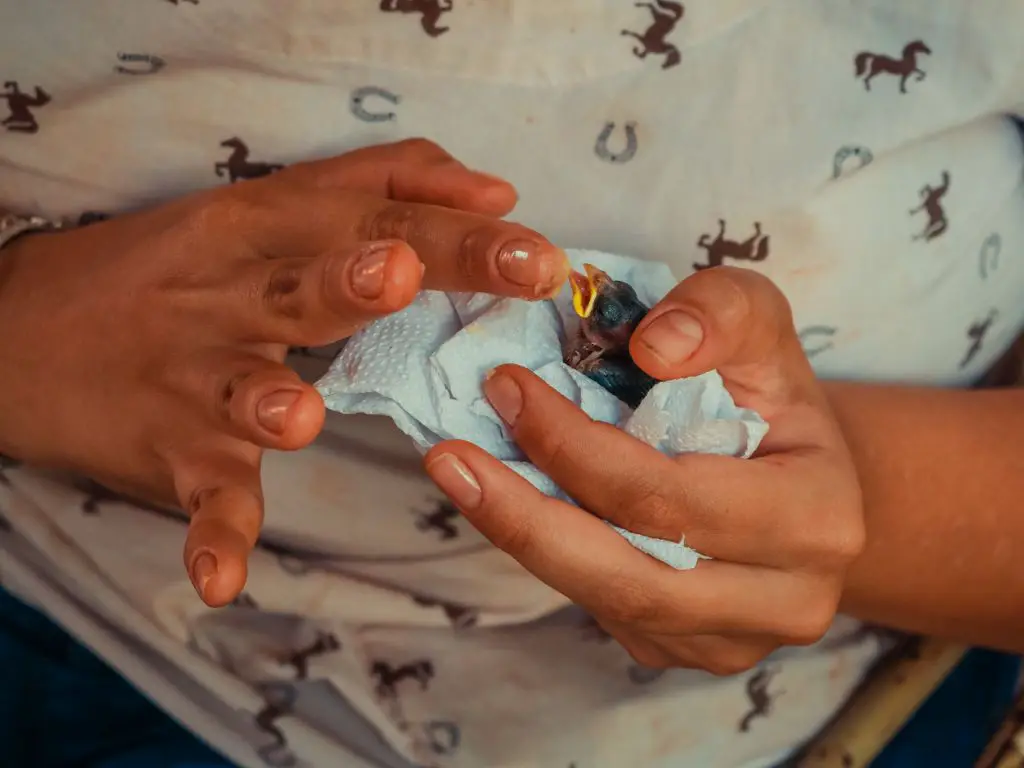
Misting:
For birds that naturally consume water from leaves or other surfaces, you can mist water onto their feathers, allowing them to drink droplets as they preen themselves. This technique should be used sparingly and only when appropriate for the specific bird species.
Signs of dehydration:
Dehydration in baby birds can manifest in various ways, including sunken eyes, lethargy, dry skin, and a decrease in defecation. If you suspect that a baby bird is dehydrated, it’s essential to address the issue promptly.
What to do if the baby bird is dehydrated:
Provide water: Gently offer water to the bird using a dropper or syringe, as mentioned earlier. Ensure that the bird is swallowing the water to avoid aspiration.
Seek professional help: If the bird’s condition does not improve or worsens after providing water, consult with a wildlife rehabilitation center or an avian veterinarian. They can offer guidance on rehydration and further care for the bird.
Maintaining proper hydration in baby birds is crucial for their overall health and survival. By providing water safely and monitoring for signs of dehydration, you can help ensure that the baby bird remains healthy as it grows and develops.
What do Baby Birds Eat Video
Conclusion:
We have covered all the essential aspects of feeding and caring for a baby bird, including identifying the bird species, understanding their natural diets, preparing the food, feeding techniques and frequency, foods to avoid, and ensuring proper hydration. Providing appropriate nutrition and care is critical for the baby bird’s survival, growth, and overall well-being.
We cannot stress enough the importance of consulting with a professional or a wildlife rehabilitation center if you’re unsure about any aspect of feeding or caring for the baby bird. Their expertise and guidance can make all the difference in helping the bird thrive and eventually return to its natural habitat.
FAQ: Caring and Feeding Baby Birds
Q: How do I take care of a baby bird?
A: Taking care of a baby bird involves providing appropriate food, ensuring it’s kept warm, monitoring its health, and if possible, preparing it for release back into the wild. Always consult with a wildlife rehabilitation center for specific advice.
Q: Can baby birds eat rice?
A: Cooked rice can be given to baby birds, but it should be soft and not seasoned. It’s not the most nutritious option, so it should be part of a varied diet or a temporary measure.
Q: How do you feed a baby bird an egg?
A: You can feed a baby bird hard-boiled egg yolk. Mash the yolk into a fine consistency and offer it using a tweezer or fingertip. Ensure it’s at room temperature.
Q: What to feed a baby bird that fell?
A: Initially, provide warmth and then offer soft foods like soaked cat or dog kibble, hard-boiled egg yolk, or baby bird formula. Consult a wildlife expert for specific guidance.
Q: How to make baby bird food?
A: Baby bird food can be made using a mix of baby bird formula available at pet stores, mashed hard-boiled egg yolk, and soaked pet kibble. Ensure the consistency is suitable for the bird’s age.
Q: What to feed a baby bird at night?
A: Baby birds typically don’t eat at night. Ensure they are fed adequately during the day and kept warm and safe at night.
Q: What to feed a baby bird at home?
A: At home, you can feed baby birds with baby bird formula, mashed hard-boiled egg yolk, soaked cat or dog kibble, and soft fruits like berries. Always ensure the food is at room temperature.
Q: How to feed a baby bird with a syringe?
A: Fill the syringe with the prepared bird food. Gently open the bird’s beak and slowly release a small amount of food, allowing the bird to swallow. Be careful not to overfeed or force the food, as it can lead to aspiration.
Q: When do baby birds start eating on their own?
A: The age at which baby birds start eating on their own varies by species. Generally, by 3-4 weeks, many birds begin to peck at food and gradually transition to self-feeding.
Q: How often to feed a baby bird?
A: Newly hatched birds typically need feeding every 15-20 minutes during daylight hours. As they grow, the frequency decreases. By the third week, most birds are fed every 3-4 hours.
Q: What do baby birds eat from humans?
A: Baby birds can eat soft foods provided by humans, such as baby bird formula, mashed fruits, soaked pet kibble, and hard-boiled egg yolk. However, it’s essential to ensure the food is appropriate for the bird’s species and age.










